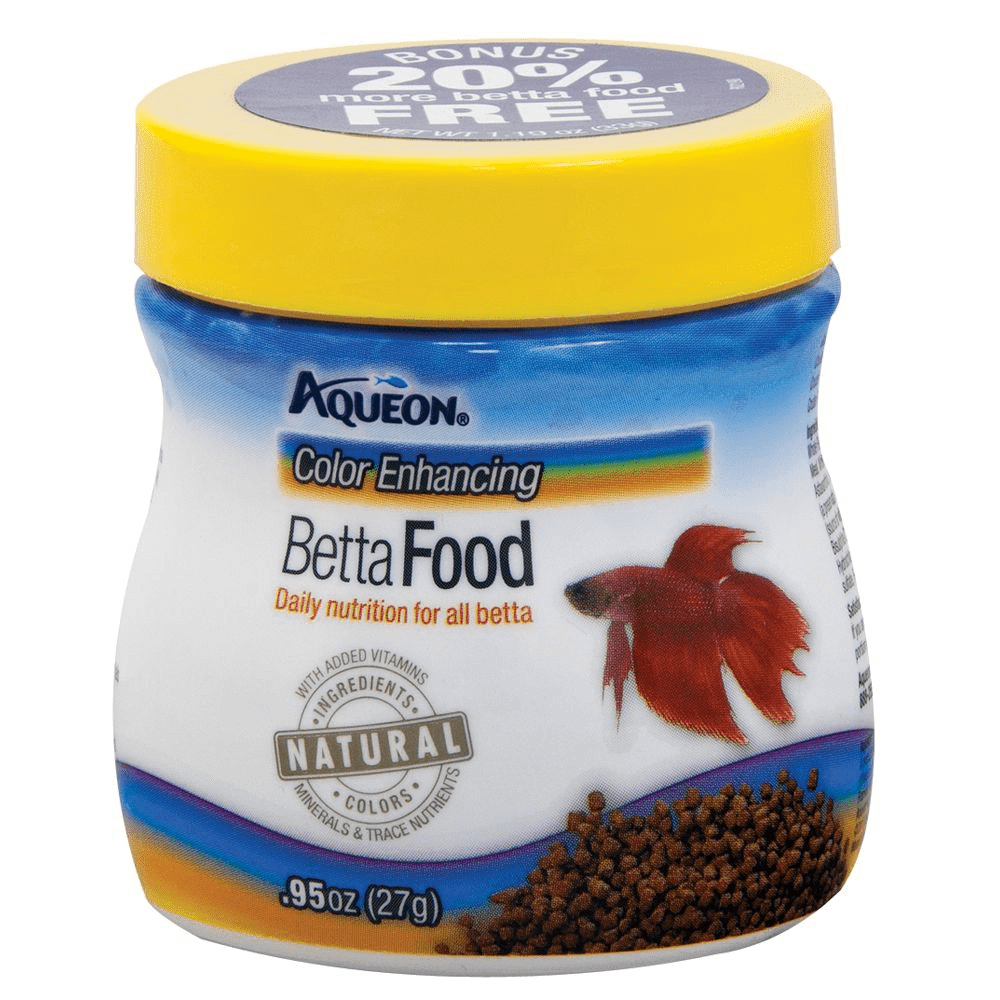Introduction
In the world of aquarium care, the choice of diet you provide can have a significant impact on the health and vitality of your fish. Frozen fish food has become a popular choice among hobbyists and professionals alike, touted for its convenience and nutritional value. Within these chilly pellets and cubes, lies a world of benefits and considerations that every fishkeeper should know.
Nutritional Value:
A Deep Dive into Quality
Frozen fish food is often celebrated for its ability to preserve nutrients more effectively than some other forms of feed, such as flakes or pellets. The freezing process locks in vitamins, minerals, and essential fatty acids, which can degrade over time in dry foods. These nutrients are critical for the growth, color, and immune system health of aquatic creatures.
High-quality frozen food typically contains whole prey items like brine shrimp, bloodworms, and krill, which mirror the natural diet many fish would encounter in the wild. This resemblance to their wild counterparts’ food sources can lead to better feeding responses and more balanced nutrition. However, not all frozen foods are created equal. It’s essential to choose products free from fillers and added preservatives to ensure your fish receive the finest nourishment available.
Food Safety:
Thawing the Risks
While frozen fish food has its nutritional merits, safety concerns should not be overlooked. Improper handling and storage of frozen foods can lead to spoilage and bacterial contamination, which could have disastrous effects on your aquarium’s inhabitants.
To maintain the highest standards of food safety, it’s crucial to follow proper thawing and feeding protocols. Always thaw frozen food in a separate container, not in the aquarium, to prevent contamination. Furthermore, only thaw the amount of food your fish will consume to avoid wastage and potential tank pollution.
Environmental Factors:
The Sustainability Angle
The production and consumption of frozen fish food also have environmental implications. As with all animal-derived products, the impact on the ecosystems from which the ingredients are sourced must be considered. Sustainable fishing practices are vital to ensure the longevity of aquatic wildlife populations and habitats.
Aquarists should seek out brands that commit to sustainable sourcing and transparent practices, including the use of responsibly harvested or farmed seafood for their frozen products. This goes a long way in maintaining ecological balance and ensuring that the hobby does not contribute to the depletion of natural resources.
Cost and Convenience:
Freezing Expenses
In comparison to traditional fish food options, frozen varieties often come with a higher price tag due to the processes involved in their creation and storage. This cost can be a drawback for some fishkeepers, particularly those with multiple or large aquariums who require substantial quantities of food.
On the flip side, the convenience of frozen fish food is unparalleled. Pre-portioned cubes or slabs make feeding a simple and mess-free task. Additionally, the longer shelf-life compared to fresh food reduces the frequency of purchasing, which may offset the initial higher cost. As a bonus, frozen food does not rely on added preservatives to maintain its shelf life, which can be a concern in some dry foods.
Conclusion
Frozen fish food stands as a testament to modern aquaculture advancements, offering a blend of convenience and superior nutritional content. While it does have its downsides, including potential food safety risks, environmental impacts, and cost considerations, the benefits it brings to the health and well-being of aquarium fish are hard to ignore. By making informed choices about the frozen products we feed our aquatic pets, we can enjoy the peace of mind that comes from providing them with a diet that’s both sustainable and beneficial for their vibrant underwater world.

